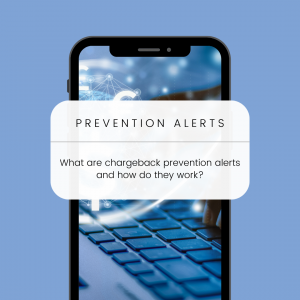Do your e-commerce merchants find themselves in this seemingly helpless situation?
They accept payments for legitimate sales, only to have cardholders dispute the transaction, claiming fraud.
There are products that can completely shift liability for fraud chargebacks from the merchant to the issuer.
These products are based on EMV 3-D Secure 2.0 technology, which is a security protocol that allows issuers to authenticate online consumers.
We won’t get into the technical specifics here, but in general they:
- Allow merchants/payment providers to send additional data elements to the cardholder’s bank.
- Can be specific to that payment, like shipping address or contextual, such as the customer’s IP address, location, or transaction history.
- The issuing bank uses this information to determine whether the cardholder is making the purchase.
Sometimes this is frictionless, others, an additional step is required to authenticate the cardholder. When an additional step is needed, the issuing bank “challenges” the cardholder by sending a one-time passcode to the cardholder, for example.
How can this help merchants manage chargebacks? It provides liability protection for certain fraud chargeback reason codes: Visa 10.4, Mastercard 4837 and 4863.
That means that if a transaction was authenticated using 3DS, and a cardholder dispute is filed for specific fraud reason codes, the liability falls to the issuer instead of the merchant. This is commonly referred to as “liability shift.”
When cardholders commit friendly fraud and the transaction is 3DS-authenticated, the issuer is responsible for covering the chargeback.
If you have experience with the original version of 3DS and stopped using it because of the friction, it’s time to revisit. 3-D Secure 2.0 has much less friction than the original.
PAAY‘s EMV 3DS is built understanding the pain points that 1.0 brought. Friction, latency and difficulty integrating are some of the few things that were a big concern. PAAY’s solution is easy to implement, completely frictionless off-the-shelf and minimal latency.
All this to say, 3DS, specifically the solution provided by PAAY, can be an effective tool in a merchant’s toolbox for fighting fraud chargebacks.
A few things to keep in mind:
- There are a handful of merchant category codes that are not eligible for coverage.
- If 3DS authentication is attempted and the issuing bank does not participate, the merchant still gets the liability shift.
- PAAY has options when it comes to implementation method. Their javascript SDK can often be implemented in less than a day. They also offer assistance if merchants don’t have an in-house development team.
- PAAY’s solution has all merchants in mind, especially SMB. But is especially helpful for high-risk verticals like nutra, digital downloads, ticketing, continuity/subscriptions, travel, etc.



